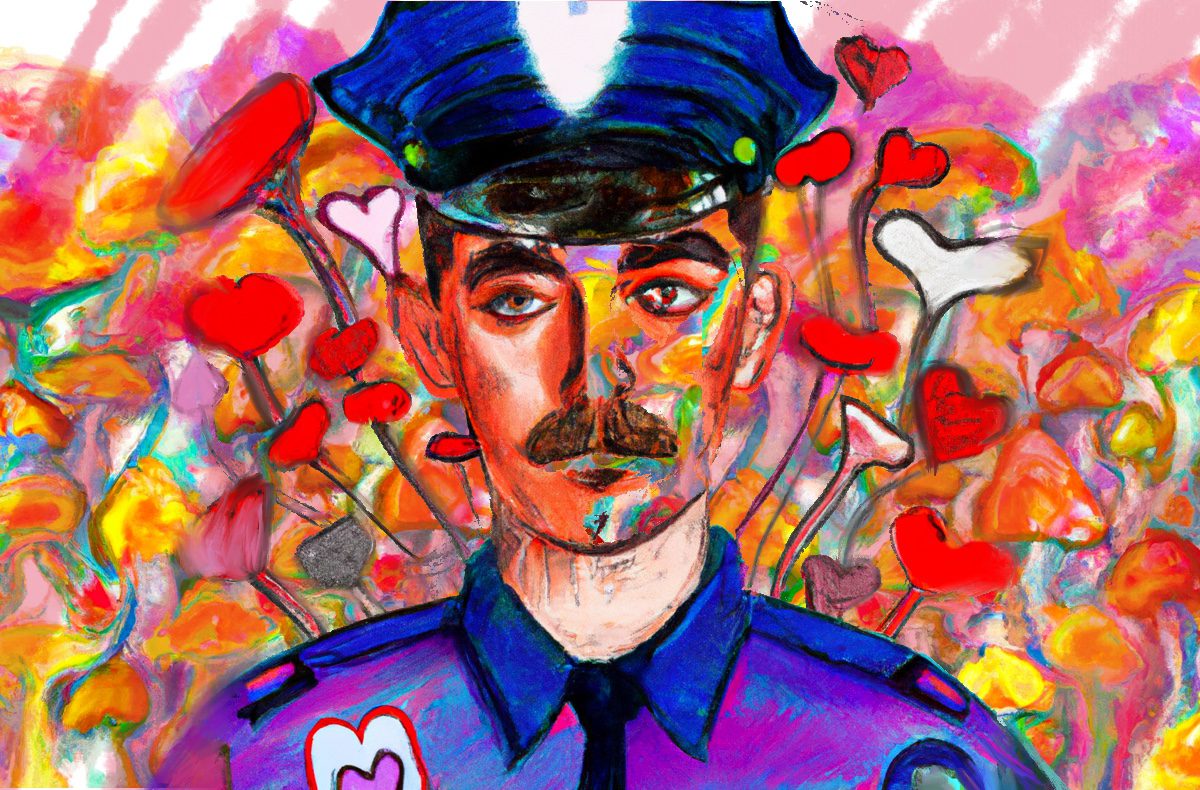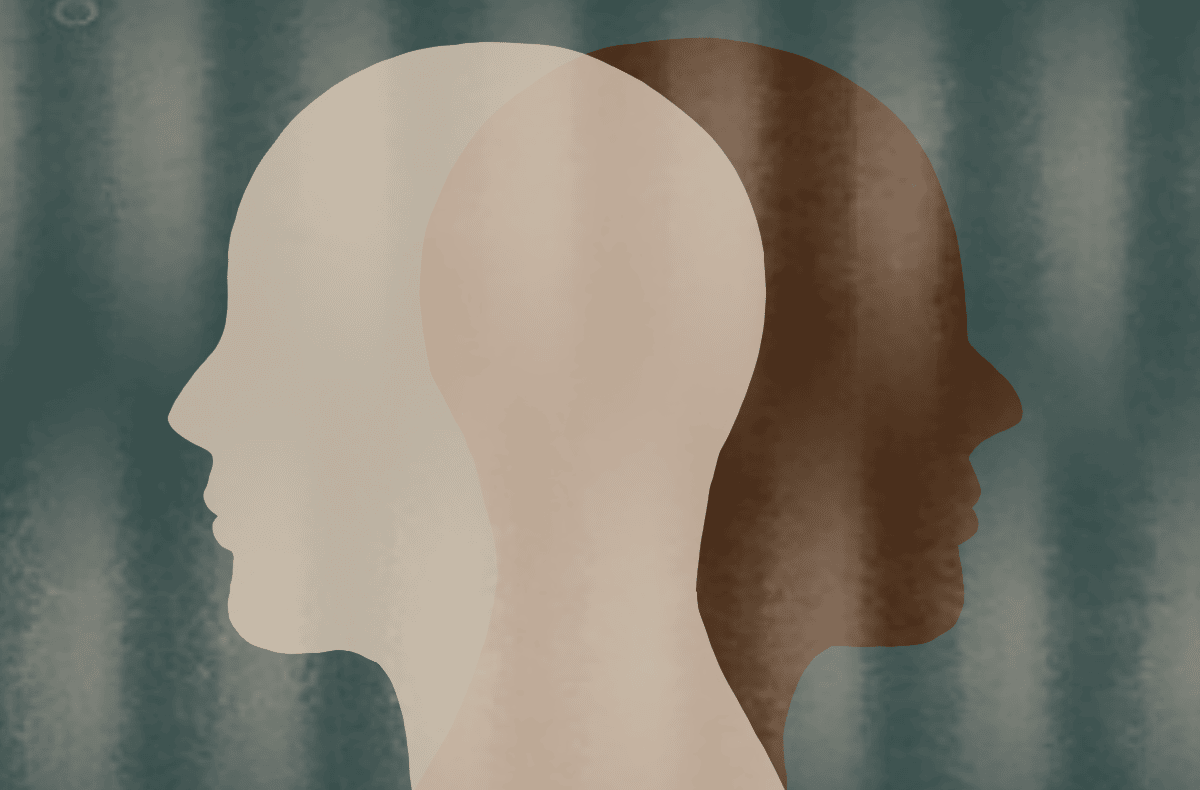
I was envious. All of my suicides had died.
As a young police officer, I had a number of colleagues I admired and tried to model myself on. Among that number was a wonderfully calm and thoughtful man called Tony O’Brien.
One day Tony was lauded as a hero by colleagues because he saved a man’s life. He took swift, decisive action to grab and hold onto a man who was seeking to kill himself. He held this man for a shoulder-straining length of time, stopping him plunging into the Torrs, a dramatic ravine in the centre of New Mills, Derbyshire.
Constable O’Brien was typically modest. Embarrassed by the attention, he declared his actions only what any of us would have done. Of course, he’s right: it is the responsibility of police to preserve life. But I don’t know if I’d have been so quick to act. And I doubt I’d have had the strength to hold on for as long as Tony.
Suicides are part of the job. I lost track of how many I attended when I was a uniformed cop. I fervently wish that I had had the experience of PC O’Brien and managed to save even one of mine. I carry an indelible memory of dragging a man from a car full of fumes, an exhaust pipe his method of poison. I did CPR in hope, because there is always hope, always a chance that life will prevail. But as my chest compressions forced the carbon monoxide around his body, his face went pink and spotty. How I wanted him to breathe. To live.
Cops in every country face these events. They don’t give up, they do everything they can to save the lives of people whose emotional pain has overwhelmed their capacity to bear it. Because hope is always on the horizon. People can and do recover—if they are kept alive to have that chance.
There is a simple parallel between the suicides police deal with, and the drug death crisis. It’s part of the same mental health crisis, just a different expression of the symptoms. Two thirds of problematic opioid and alcohol users are self-medicating to suppress memories of childhood trauma. A panoply of undiagnosed mental health conditions and neurodiversity are often behind emotional pain that leads to addiction. The person who dulls emotional pain with narcotics is suffering similarly to the one who seeks an end to emotional pain through suicide.
I am keen to explain this because, while police will celebrate a life saved from suicide, there is an extraordinary stigma that is killing people who use drugs.
There is a simple, effective intervention for opioid overdose. Naloxone, or Narcan as it’s called in North America, swiftly reverses overdose effects. It is a lifesaving tool that is safe, simple and spectacularly successful. It is designed to be easy to use, not unlike Epi-pens used to treat severe allergic reactions. It is also available as a simple nasal spray.
Police are often the first at the scene of an overdose, just like they’re first at the scene of most suicides.
There is unsurprising evidence that increased access to Naloxone corresponds with an increase in lives saved. So it makes sense for police to carry and administer this antidote. However, some police institutions, and police leaders are against this. The Police Federation in parts of the UK call it “mission creep,” believing that it oversteps the boundaries of their role.
And here was me thinking that the preservation of life was our core mission.
In this study 43% of US police officers believe there should be a limit on how many times an individual may be treated with Narcan. I find this deeply disturbing. I appreciate that many police officers are not adequately trained in trauma awareness and so their understanding of addiction is incomplete. But even allowing that consideration, this has become a discussion about whether or not someone deserves to live.
Transfer that discussion to people who attempt suicide. While the same stigma and brutal moral judgement sometimes occur, these responses are less common. There is no suggestion that an officer should fail to intervene to protect life, irrespective of his personal view of suicidal behaviour.
Where is the difference?
As an activist I am constantly seeking ways of communicating drug policy issues to a new audience. I am appalled by the position of the UK Police Federation and all of the other cops around the world who stand in the way of saving the lives of the vulnerable. I do lots of the usual activist stuff like public speaking, political advocacy, and haunting social media. But often the question in drug policy circles is “How do we reach new audiences?” As policy activists we expend a lot of energy talking to those who already agree.
I wonder…what opportunities are there in art? How can we appeal to the imagination of those who as yet know nothing of these issues? If we reach just one person who has influence in a community it may mean more *free Narcan provision, and more lives saved. More chances for people in pain to be helped, maybe to find a reason to go on living.
I confess, I am a music obsessive. So I got together with a friend of mine with whom I’ve been making music since I first sang in a heavy metal band in 1987. I wish I still had the hair from my metal years. For this topic we decided to use the genre of techno. Please watch it, listen to it. You might even dance to it! But also share it. I hope it will inspire others to think creatively about how we get these important messages out there. People do care if we reach them and draw them in to listen.



